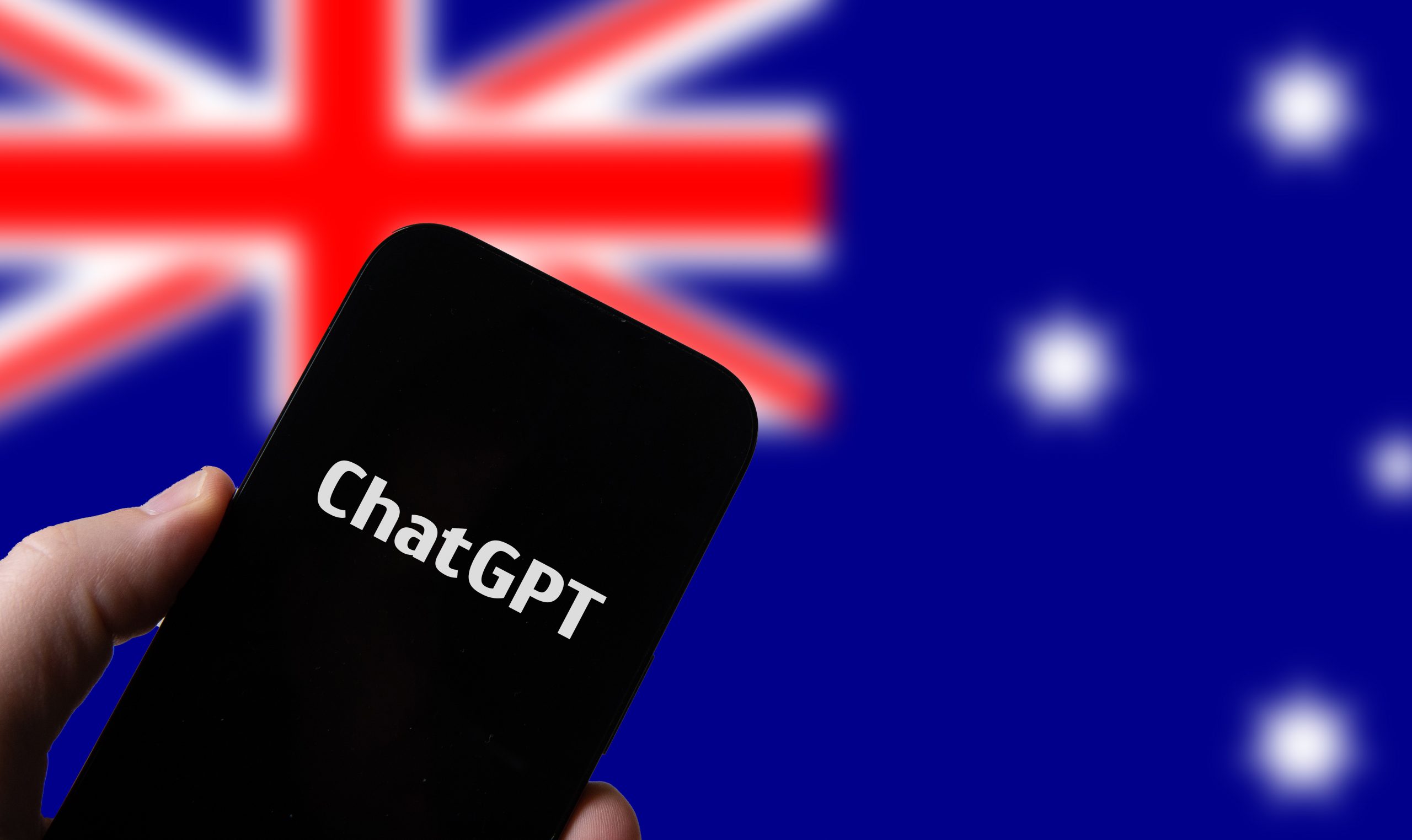Recent OpenAI efforts have prompted talk about GPT-5, a bigger brain for ChatGPT AI.
OpenAI is aiming to build systems smarter than humans with this tech.
According to the theory, an AI can think for itself, thereby creating more AI models like it without the need for human supervision. Such a breakthrough could destroy or supercharge the world, depending on who you ask.
OpenAI’s chief executive, Sam Altman, spoke about GPT-5 at the World Governments Summit in Dubai. He said it’ll be smarter than the previous version.
The magic of these models is that they’re general,” Mr Altman explained. “If it’s a tiny bit smarter, it’s a little bit better at everything.”
Mr Altman’s comments follow a report saying he’s chasing trillions of dollars in funding for AI advancements.
As for GPT-5 training, two OpenAI staffers have said it’s starting. In a separate development, Google recently boasted that its next-generation AI model, Gemini, is better than ChatGPT – which could make OpenAI push forward even faster.
Here’s everything you need to know about GPT-5 as the race to build the best AI heats up.
What is GPT-5?
OpenAI’s fourth-generation chatbot GPT-5 is the follow-up to GPT-4.
OpenAI built and refined a generative pre-trained transformer to power ChatGPT’s different editions. It’s just like the processor inside your computer.
A chatbot called GPT-4 can provide human-like responses and even recognise and generate images and speech. GPT-5, its successor, will provide better personalization, make fewer mistakes, and handle more content types, including video.
Other GPTs, such as Google and Meta, are collectively called large language models.
These AI systems generate text based on human brains as part of a conversation.
Is GPT-5 being trained?
In the autumn of last year, Mr Altman confirmed his company was working on GPT-5 on two separate occasions.
According to two people who attended his former venture capital firm’s alumni reunion last September, Altman said GPT-5 and its successor, GPT-6, were superior to their predecessors.
Earlier this year, he told the Financial Times that OpenAI was working on GPT-5, but he didn’t say when it’ll be released.
In addition, we don’t know whether OpenAI has started training, which would at least tell us when we can expect its launch. However, a recent tweet from OpenAI suggests that it may have just begun learning.
OpenAI’s co-founder and president tweeted about how the company had expanded its computing resources just days after a tech firm’s leading researchers hinted it might be training a bigger GPU than usual.
Graphics processing units help AI models work out connections between different data types, like connecting an image with its textual description.
Earlier this week, a report said OpenAI’s boss devised an audacious plan to buy GPUs to train bigger AI models.
With the help of global investors, governments, and energy providers, Mr Altman wants to raise $7 trillion to speed up chip-making.
What can GPT-5 do?
Mr Altman hinted at GPT-5’s intelligence by saying that more data would be needed to train it. He plans to use public data from the internet and proprietary data from companies. Long-form writing or conversations in any format would fall under this category.
In mid-January, Mr Altman said on Bill Gates’ Unconfuse Me podcast: “Multimodality will definitely be important.
That means speech in, speech out, images, and eventually video. Clearly, people want that. It’s likely that we’ll be able to push that further, but maybe the most important thing is reasoning ability..”
The GPT-4 can only reason in a limited number of ways. It’s also not reliable. One of these 10,000 is probably pretty good if you ask GPT-4 most questions 10,000 times, but it doesn’t always know which one, and you’d like to get the best response out of 10,000 each time, so increasing the reliability will be important..”
In the past, Mr Altman has said it’s hard to predict the model’s new skills and capabilities until it’s trained.
GPT-5 vs. GPT-4: Which is Best?
You must outdo GPT-4 Turbo, the next-gen model OpenAI released in November.
Compared with GPT-4, the company’s most advanced AI chatbot knows world events up to April 2023; it can handle prompts up to 128,000 tokens, or about the length of a 300-page book; it follows instructions better; and it switches between tools based on what people ask for, like the Dall-E 3 image generator and Bing search engine.
The GPT-4 chatbot has been tested on real-life exams by OpenAI and several researchers. It was shown to have a decent chance of passing the CFA. On the 2020 USA Biology Olympiad semifinal exam, it scored in the 99th to 100th percentile on the bar exam, aced the SAT reading and writing section, and was in the 90th percentile on the bar exam.
What’s the release date for GPT-5?
GPT-5 hasn’t been announced by OpenAI yet.
Many people wonder if it was affected by the turmoil at OpenAI late last year. On November 17, Mr Altman was ousted from the company’s board of directors. It took five days for Altman and a new board to settle down after a tumult of duelling viewpoints on the future of AI.
Many ChatGPT users thought the bot was running GPT-4.5 Turbo, but that wasn’t the case.
In OpenAI’s GPT release timeline, it’s obvious that updates are getting shorter. In June 2018, GPT-1 was released, followed by GPT-2 in February 2019, GPT-3 in June 2020, ChatGPT 3.5 in December 2022, and GPT-4 just three months later in March 2023. There’s also a “turbo” bot out now.
We’ll have to wait and see if OpenAI announces GPT-5 during its developer day in November.

